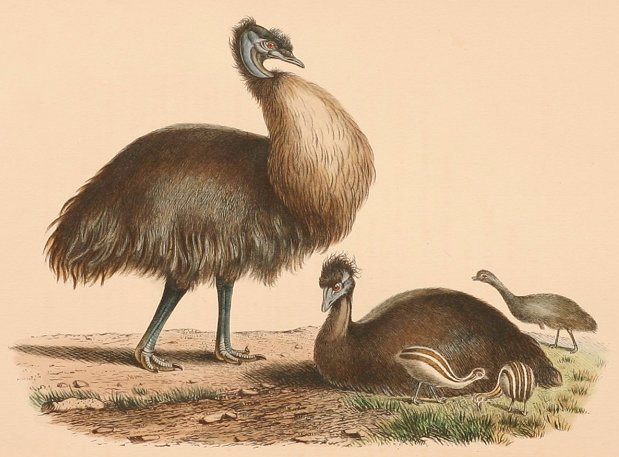|
| Query: birds | Result: 3426th of 32675 | |
Kangaroo Island emu (Dromaius baudinianus), King Island emu (Dromaius novaehollandiae minor)
| Subject: | Kangaroo Island emu (Dromaius baudinianus), King Island emu (Dromaius novaehollandiae minor)
| | Poster: | Wiki Photos (---@---.---)
| |

| Resolution: 619x457
File Size: 90533 Bytes
Upload Date: 2017:03:26 01:16:56
|
|
|